Meet Dewei Yu | Clothes maker & leather artist

We had the good fortune of connecting with Dewei Yu and we’ve shared our conversation below.
Hi DeWei, what led you to pursuing a creative path professionally?
I don’t really have big dreams or ambitions to change the world or make a huge impact on society with my work. I just find it hard to express my thoughts and share my feelings verbally, so I write. Words, sentences, diaries, then novels—but I soon realised that these forms were still too direct and, in a way, embarrassing, as I was being read.
Creating art is probably the most comfortable way for me to communicate, because although my work is an honest expression of myself, those who experience it can form their own interpretations. It allows for a kind of mutual freedom, a distance that feels natural. That’s probably why I decided to pursue a career as an artist in the first place.
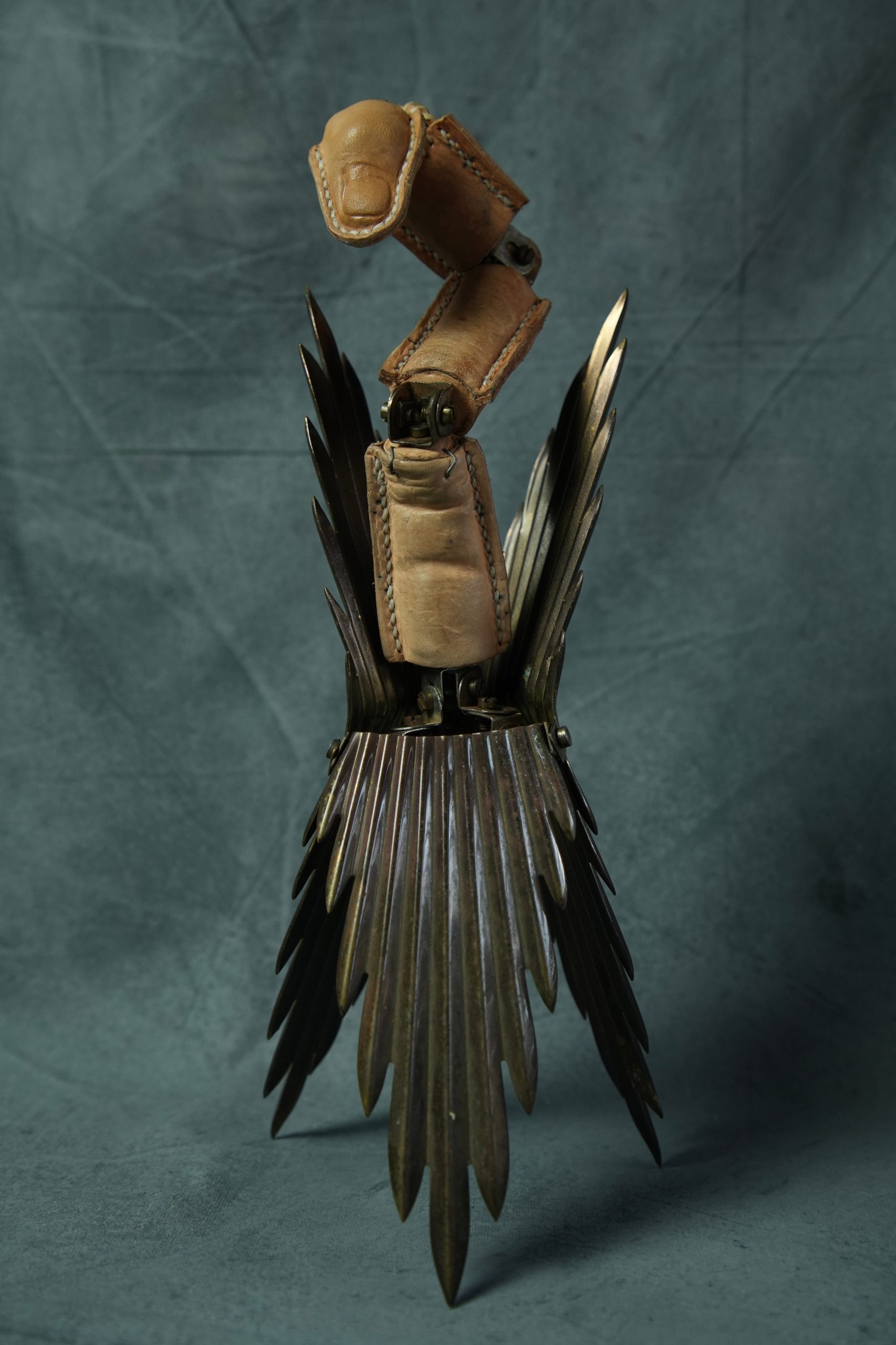
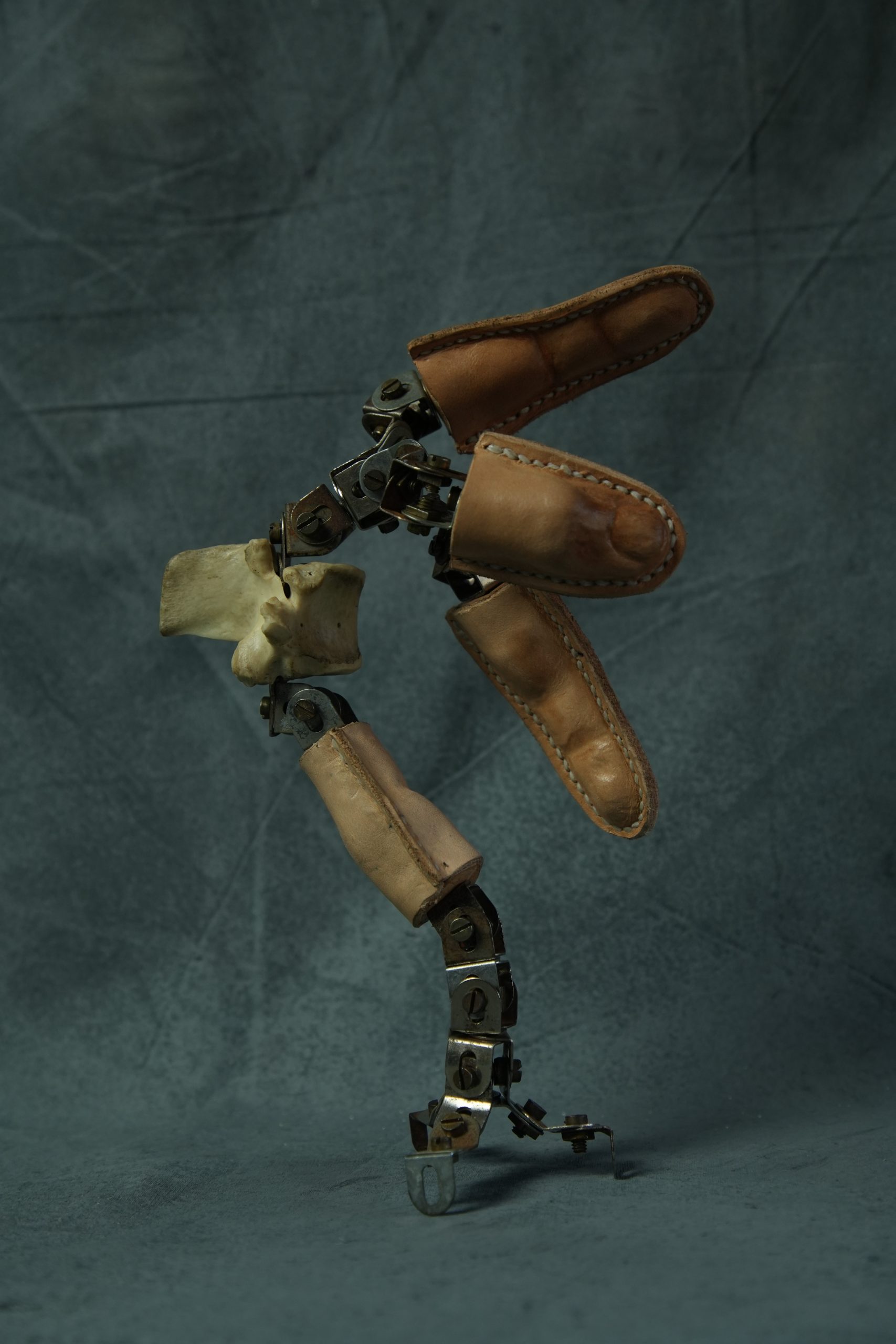
Let’s talk shop? Tell us more about your career, what can you share with our community?
My work primarily uses leather as a medium to explore the body, supplemented by natural materials and vintage objects sourced from flea markets. I am committed to using only natural materials, as they best capture the passage of time. Second-hand items and vintage pieces, with their inherent histories and souls, continually inspire me. The traces of human touch and patina they carry often guide the development of my work in its early stages.
Before attending Central Saint Martins, I had no formal education in art or design, so I was largely self-taught through online resources. When I struggled to grasp certain techniques, I sought out workshops to learn. However, without consistent access to professional tools or an academic environment, it was difficult for me to hone advanced skills, especially as someone who tends to lose focus over extended periods. At Central Saint Martins, the approach is similarly self-directed, with little direct instruction on garment-making but rather a strong emphasis on exploration. While the lack of technical skill was initially frustrating, I discovered that, over time, fragmented knowledge began to accumulate, allowing me to develop a unique approach. Though my methods might seem sacrilegious to specialists, this unorthodox path has been instrumental in propelling my creative practice. I continue to refine my technical abilities, as at times I still feel limited by what I know.
My transition from fashion designer to sculptor was a natural one, as both disciplines share a focus on three-dimensional forms. The technical knowledge from fashion design informs my sculptural process, but what draws me to sculpture is the freedom it offers. Sculpture allows me to move beyond the constraints of wearability and to detach from the idea of the human body as the central subject. In sculpture, the human body can be replaced by other forms of life, or the work might serve a purely conceptual purpose. Unlike fashion, where garments are made to be worn, sculpture transcends functionality, existing for itself or to communicate a broader idea.
My work, driven by many of my personal fears, focuses on the distortion and dissection of the human body and other life forms, embedding it with a sense of ‘disharmony.’ I believe this disharmony captivates viewers, encouraging introspection and challenging deeply held beliefs. I hope that those who experience fear and pain may find a shared understanding in my work.

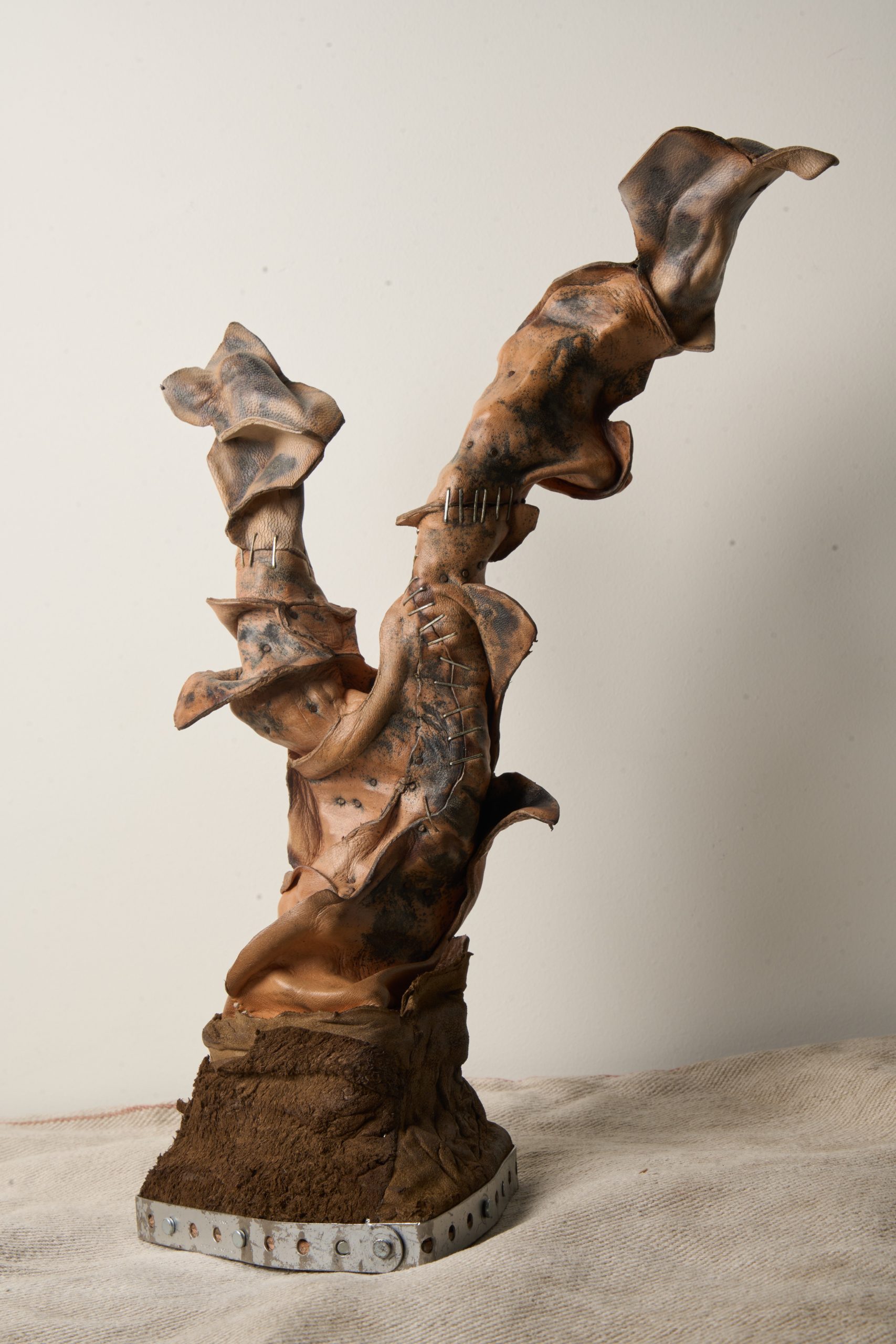
If you had a friend visiting you, what are some of the local spots you’d want to take them around to?
Visiting flea markets, antique fairs, museums, and galleries are always at the top of my list whenever I travel. Flea markets, in particular, are places I make a point to visit, not only because of my love for vintage items but because I believe they offer one of the best ways to understand and connect with a city. I enjoy chatting with sellers, haggling over prices, observing what people are wearing, and imagining the past through the objects I find. In London, I highly recommend Sunbury Antiques Market—it’s the largest and often full of rare items you’d only read about in books, plus you meet some really interesting people. As for museums, I’m particularly fond of the Soane’s Museum, which was the former home of architect Sir John Soane. It houses his personal collection and is wonderfully curated. And of course, no day would be complete without heading to the pub for a drink, finishing with my favourite Samuel Smith’s dark beer.

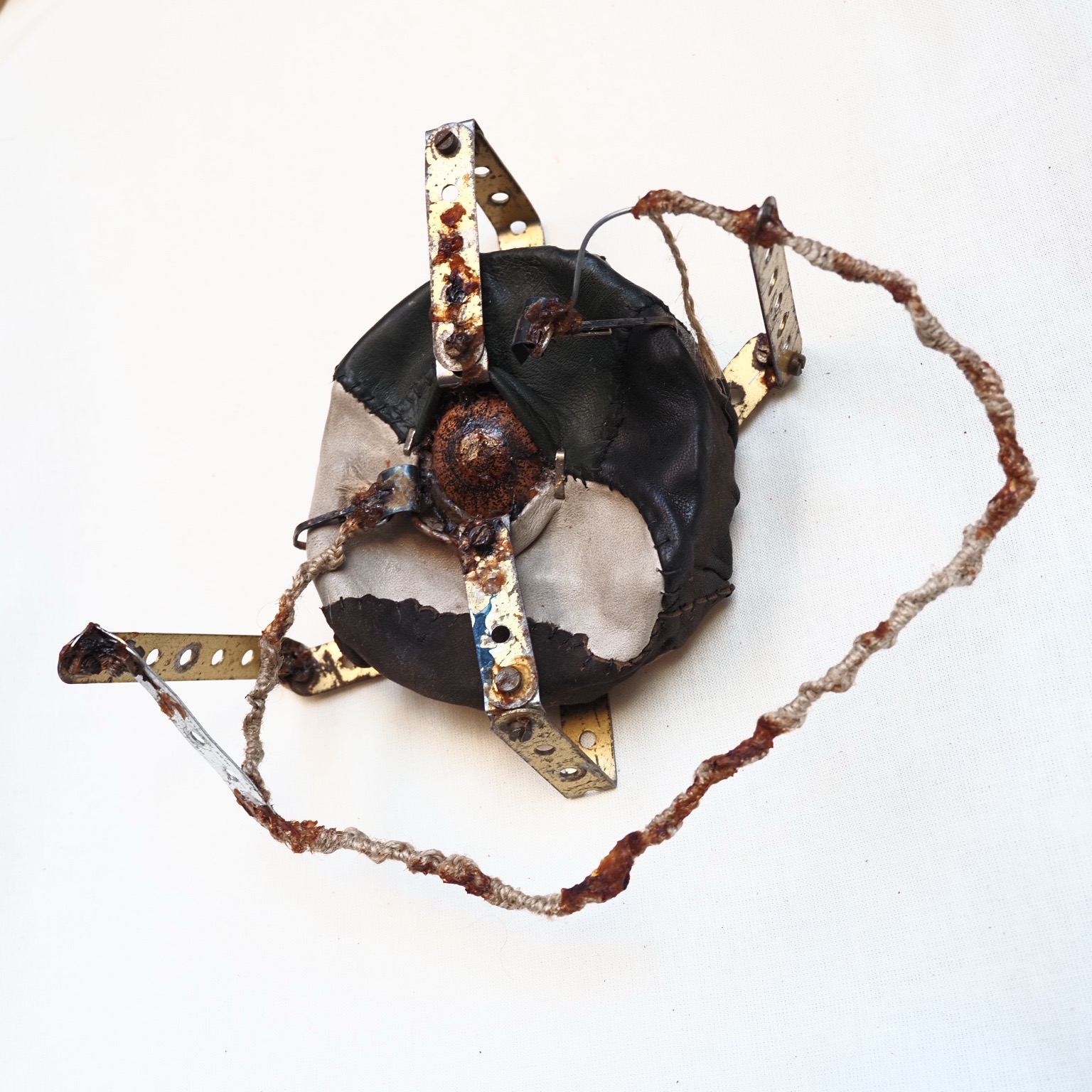
Shoutout is all about shouting out others who you feel deserve additional recognition and exposure. Who would you like to shoutout?
I want to thank my family, especially my auntie Julia, for supporting me in pursuing what I love. I couldn’t have made it here without their love and encouragement. I’d also like to give a shout-out to my friend April, founder of The Backward Vendor, for sharing her knowledge of leathercraft and for being such a good friend.
Website: https://yudewei.studio/
Instagram: @yu_sarpasalpa
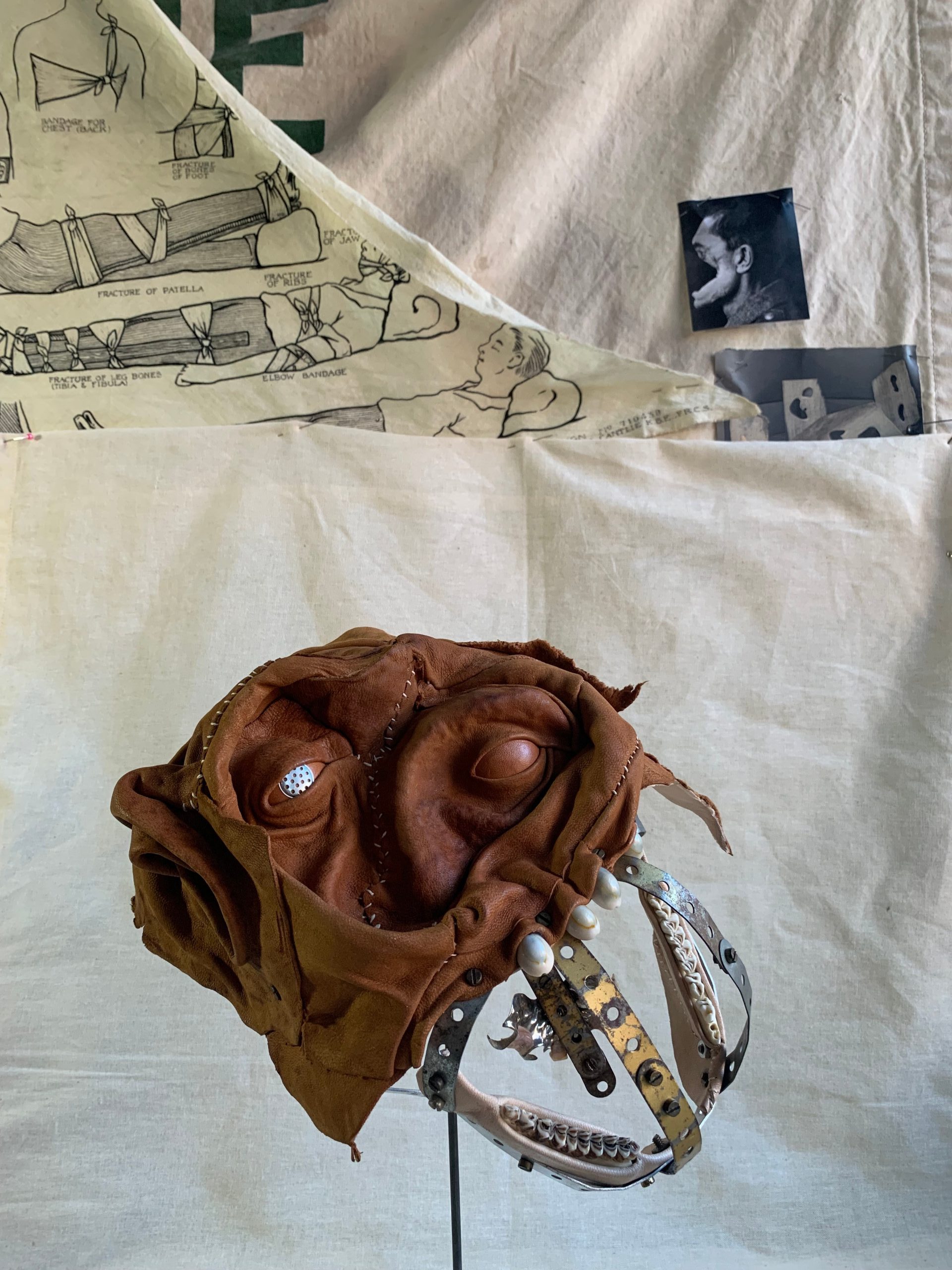
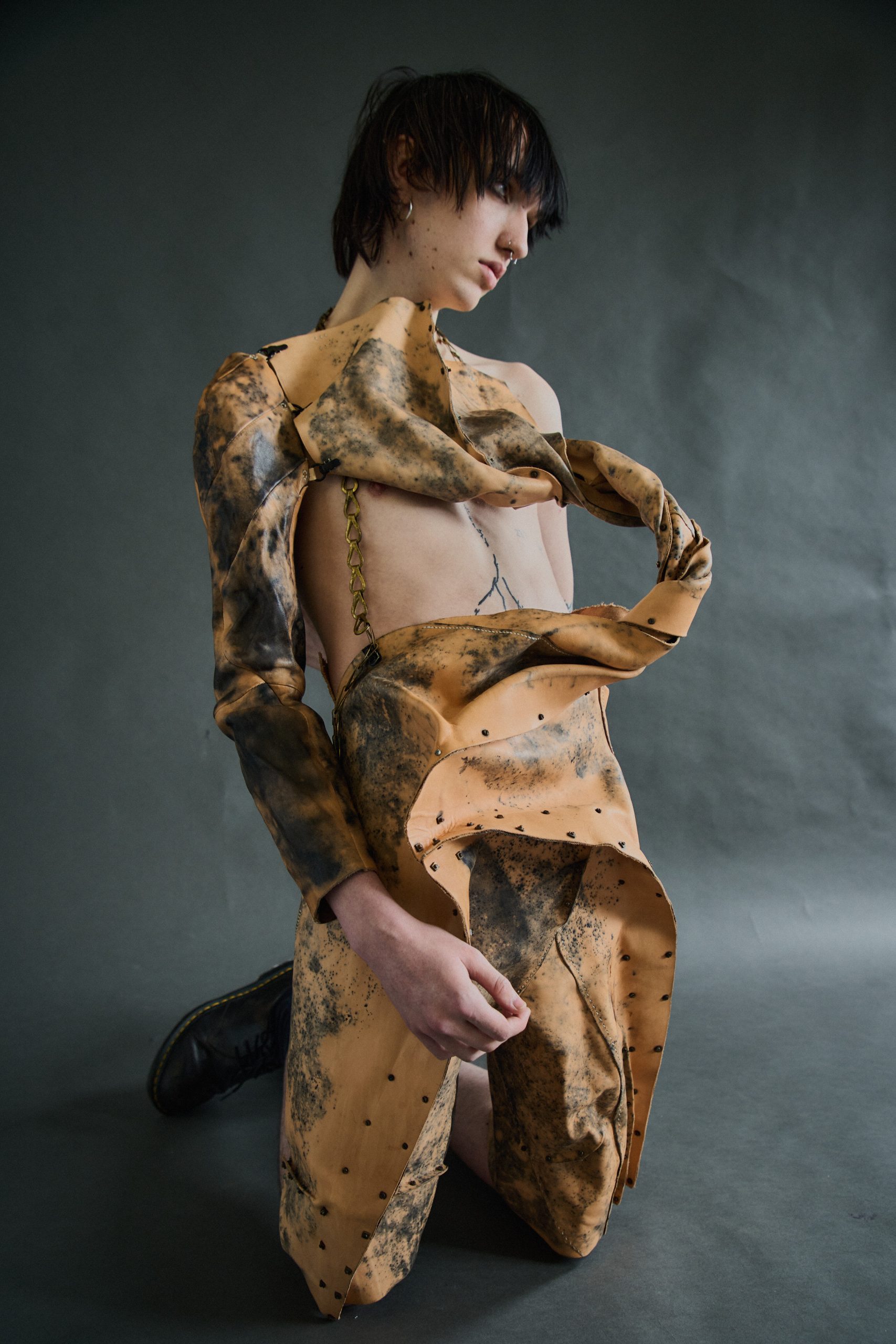
Image Credits
Photography:
Yilin Wong
Boyu Jiang
